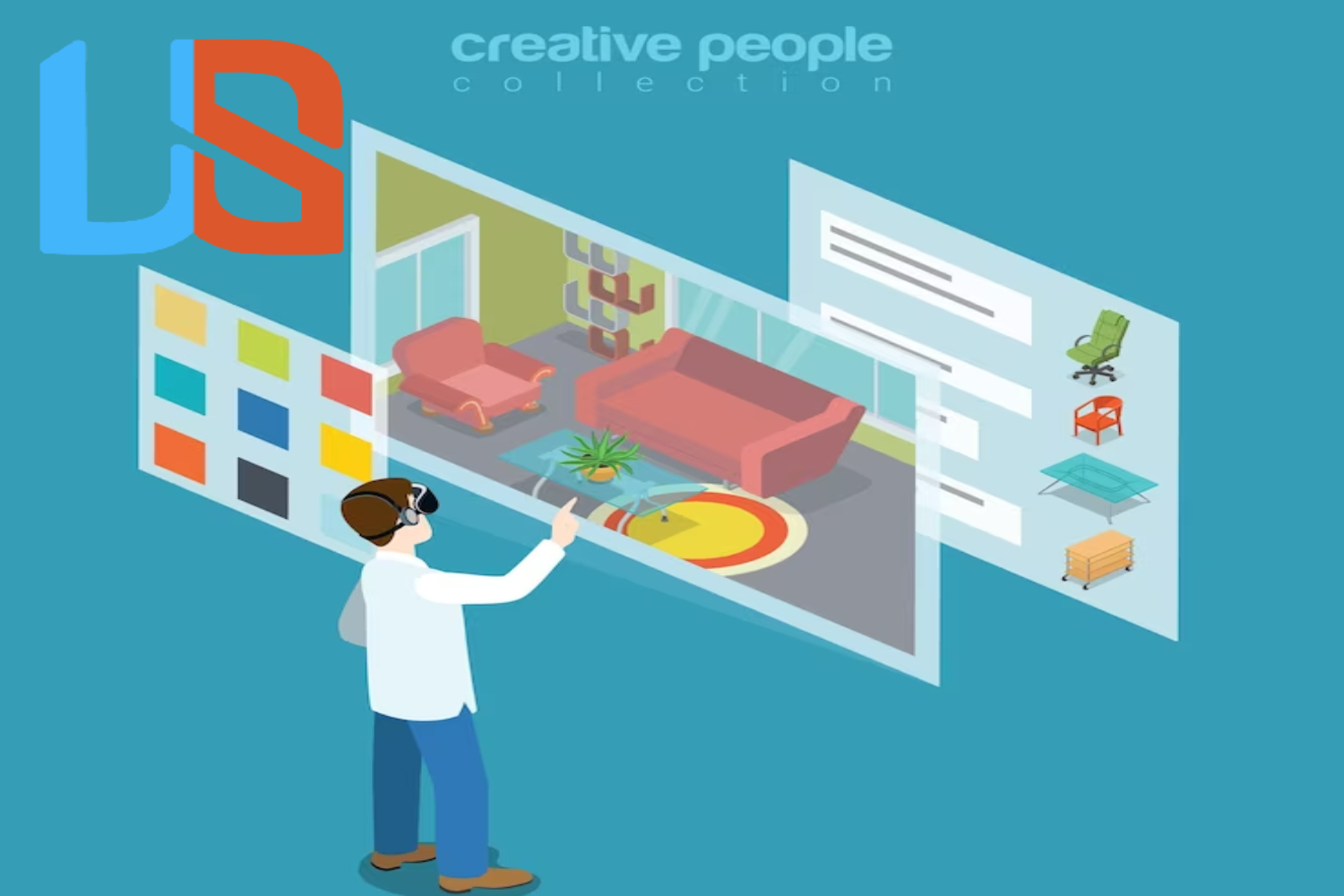
Introduction
Augmented Reality (AR) revolutionizes our perception of reality by blending the virtual world with the physical environment. This article explores web development for AR experiences, offering insights into key concepts, tools, and techniques for creating immersive and interactive user experiences.
Understanding Augmented Reality (AR)
Defining Augmented Reality
Augmented Reality enriches real-world experiences by overlaying computer-generated content onto the user’s view of the physical world. Moreover, it enhances how we interact with the environment and digital information.
Differentiating AR and Virtual Reality (VR)
It’s crucial to distinguish AR from Virtual Reality (VR). AR enhances the real world with digital elements, while VR immerses users in a simulated environment, cutting them off from the physical world.
How AR Works
AR experiences rely on cameras, sensors, and software. The device’s camera captures the real-world environment, and the AR application overlays digital content onto identified objects.
Web Development for AR: Key Considerations
Browser Compatibility and Support
Developers must prioritize browser compatibility and support across devices for a seamless user experience.
Leveraging WebAR Libraries and Frameworks
Developers can utilize WebAR libraries like A-Frame, AR.js, and Three.js for simplified content creation and cross-platform compatibility.
Mobile Optimization
Optimizing AR web applications for performance, responsiveness, and bandwidth efficiency is crucial for engaging users on mobile devices.
Building an Interactive User Interface
An intuitive and interactive user interface is paramount for a compelling AR experience. Developers can achieve this by incorporating touch gestures and intuitive controls, fostering user engagement and satisfaction.
AR Content Creation and Integration
3D Modeling and Asset Creation
Developers must create or source high-quality 3D models and assets. Ultimately, this ensures that digital elements blend seamlessly with the physical environment, delivering a cohesive AR experience.
Exploring Marker-Based and Markerless AR
AR experiences can be marker-based, relying on specific trigger images, or markerless, using real-time object recognition. Consequently, understanding these approaches allows developers to select the most suitable one for their projects.
Embracing Geolocation-Based AR
By integrating geolocation data, developers enable AR experiences to be location-aware. As a result, users receive relevant information based on their physical location, enhancing the overall user experience.
FAQs
No, while AR is popular on mobile devices, it can also be experienced through web browsers on desktop computers or other compatible devices.
Most modern web browsers support AR to some extent, but some older versions or less commonly used browsers may have limited support.
No, with advancements in web technologies, users can access AR experiences directly through their web browsers without the need for additional plugins.
Conclusion
Web development for augmented reality experiences has transformed how we interact with digital content in the real world. By leveraging WebAR libraries, optimizing for mobile, and creating captivating AR content, developers can unlock the full potential of AR on the web.





